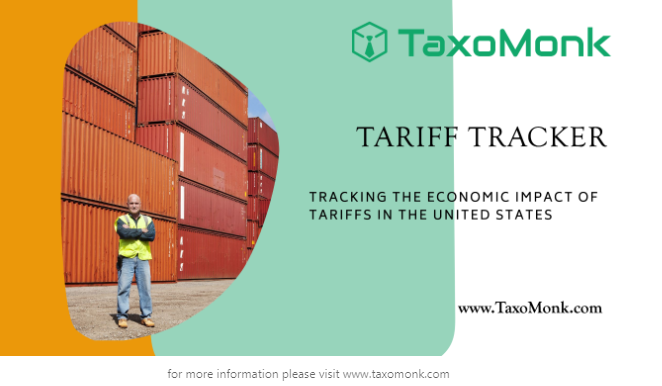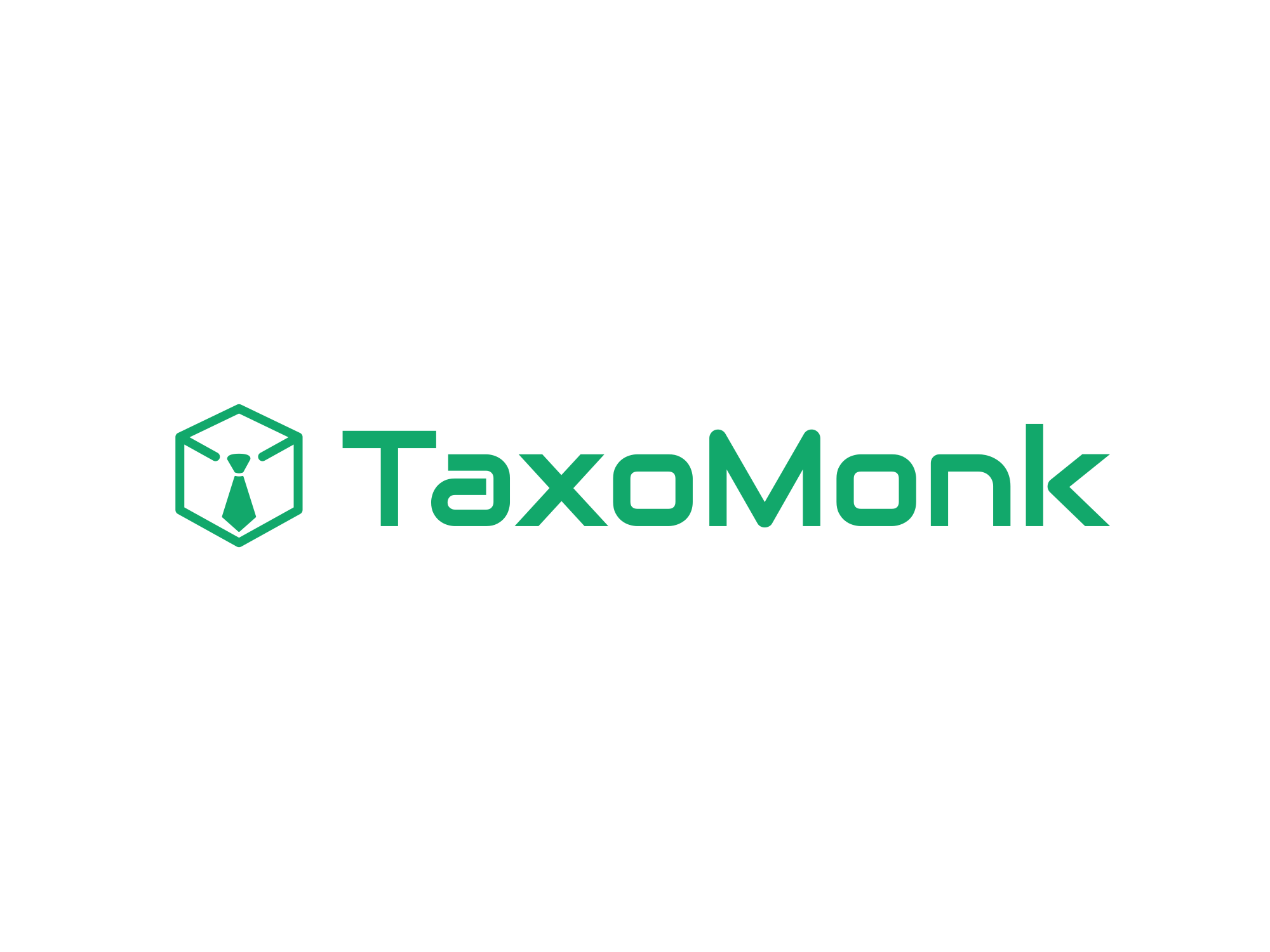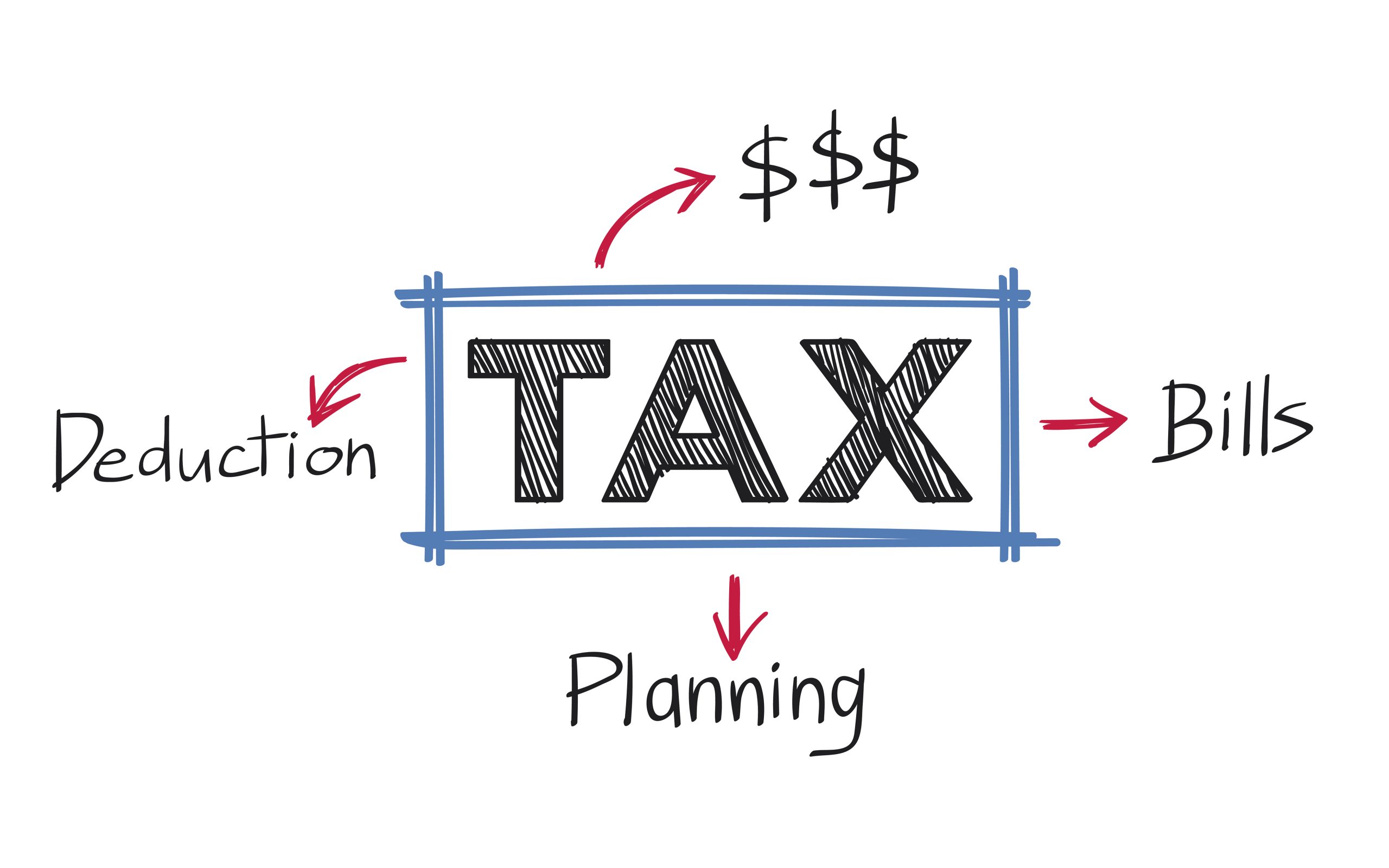Introduction on Tariff Tracker: Tracking the Economic Impact
In recent years, the trade policies of the United States have undergone significant shifts, particularly under the administrations of President Donald Trump and President Joe Biden. A central aspect of these policies has been the implementation and adjustment of tariffs. These measures have had wide-reaching impacts on the U.S. economy, affecting everything from consumer prices to global trade relationships. This article explores the economic implications of the tariffs imposed during the Trump and Biden administrations, providing a comprehensive overview of their effects on various sectors.

The Trump Administration: A Tariff Tactic
Overview of Tariffs Imposed
President Donald Trump’s administration marked a period of aggressive tariff implementation, primarily targeting China but also affecting other trading partners. The tariffs aimed to reduce the trade deficit, protect American jobs, and pressure countries into renegotiating trade deals more favorable to the U.S. Some key actions included:
- Tariffs on Chinese Goods: Initiated under Section 301 of the Trade Act of 1974, these tariffs targeted a wide range of goods, from electronics to machinery.
- Steel and Aluminum Tariffs: Under Section 232 of the Trade Expansion Act of 1962, tariffs were placed on steel (25%) and aluminum (10%) imports, citing national security concerns.
- Retaliatory Tariffs: Various countries, including China, the EU, Canada, and Mexico, imposed retaliatory tariffs on U.S. exports, affecting American farmers and manufacturers.
Economic Impact
The economic impact of Trump’s tariffs was multifaceted:
- Consumer Prices: Tariffs on imported goods led to higher prices for consumers. Studies indicated that American households bore the cost, with estimates suggesting an average increase of $800 per year per household.
- Manufacturing Sector: While the tariffs aimed to protect American manufacturing, they also increased production costs due to higher prices for imported raw materials. Some companies faced difficulties in maintaining profitability and competitiveness.
- Agriculture: U.S. farmers were significantly impacted by retaliatory tariffs, particularly from China. The agricultural sector saw reduced exports and falling prices for key commodities like soybeans, leading to government bailout packages to support farmers.
- Trade Deficit: Contrary to the administration’s goals, the overall trade deficit widened during Trump’s term, reaching record levels in 2020.
The Biden Administration: Continuity and Adjustments Tariff Tracker: Tracking the Economic Impact
Policy Continuity and Changes
President Joe Biden’s administration has largely maintained the tariff structure inherited from Trump but has signaled a different approach to trade policy:
- Review and Adjustment: The Biden administration has reviewed existing tariffs, particularly those on Chinese goods, considering their impact on the U.S. economy and supply chains.
- Alliances and Multilateralism: Biden has emphasized working with allies and multilateral institutions to address trade issues, contrasting with Trump’s more unilateral approach.
- Supply Chain Resilience: There is a focus on strengthening domestic supply chains and reducing dependency on foreign imports for critical goods.
Economic Impact
The continuation and modification of tariffs under Biden have produced varied effects:
- Supply Chain Disruptions: The COVID-19 pandemic highlighted vulnerabilities in global supply chains. Tariffs have exacerbated these issues, leading to shortages and delays in key industries such as electronics and automotive.
- Inflation: Higher import costs due to tariffs have contributed to inflationary pressures, affecting consumer goods and raw materials.
- Strategic Investments: The administration’s emphasis on domestic production and supply chain resilience has led to increased investment in U.S. manufacturing, technology, and infrastructure.
Sectoral Analysis Tariff Tracker: Tracking the Economic Impact
Technology and Electronics
Tariffs on Chinese electronics have had significant repercussions:
- Cost Increases: Higher prices for components and finished products have affected both consumers and businesses, particularly in the tech industry.
- Shift in Supply Chains: Companies have sought to diversify their supply chains, moving production to other countries or increasing domestic manufacturing.
Automotive Industry
The automotive sector has experienced mixed outcomes:
- Increased Costs: Tariffs on steel and aluminum have raised production costs, impacting vehicle prices and profitability.
- Investment in U.S. Manufacturing: There has been a push towards local production and sourcing, driven by both tariffs and supply chain concerns.
Agriculture
The agricultural sector continues to navigate the challenges posed by tariffs:
- Export Markets: Efforts to regain market share in China and other countries are ongoing, with mixed success.
- Government Support: Continued government support remains crucial for farmers affected by trade disruptions.
How TaxoMonk Can Help in Navigating Tariff Tracker: Tracking the Economic Impact
In the dynamic landscape of global trade and economic policies, businesses and stakeholders need reliable tools to analyze and adapt to changes such as tariffs. TaxoMonk, a premier outsourcing service provider is here for comprehensive tax and economic policy analysis service providing, can be an invaluable resource for navigating the complexities introduced by the Trump-Biden tariffs. Here’s how TaxoMonk can assist:
1. Data Analytics and Insights for Tariff Tracker: Tracking the Economic Impact
Real-Time Data Analysis: TaxoMonk provides up-to-date data on tariffs, trade volumes, and economic indicators, allowing businesses to monitor changes and trends in real-time. This helps in making informed decisions quickly.
Impact Assessment: With advanced analytical tools, TaxoMonk can assess the economic impact of specific tariffs on different sectors and regions. This includes analyzing the effects on production costs, consumer prices, and supply chains.
2. Customized Reporting for Tariff Tracker
Sector-Specific Reports: TaxoMonk can generate detailed reports tailored to specific industries, such as technology, automotive, and agriculture. These reports highlight the direct and indirect impacts of tariffs, helping businesses understand their unique challenges and opportunities.
Geographic Analysis: Businesses can receive insights on how tariffs affect trade and economic conditions in specific regions or countries. This is crucial for companies with international operations or supply chains.
3. Strategic Planning and Forecasting
Scenario Planning: TaxoMonk allows businesses to model different scenarios based on potential tariff changes or policy shifts. This helps in preparing for various outcomes and mitigating risks.
Supply Chain Optimization: By analyzing supply chain data, TaxoMonk can identify vulnerabilities and suggest optimization strategies to reduce dependency on tariff-affected imports. This includes finding alternative suppliers or reshoring production.
4. Regulatory Compliance
Tariff and Trade Regulation Updates: TaxoMonk keeps businesses informed about the latest changes in trade policies and tariffs. This ensures compliance with regulations and helps avoid penalties or disruptions.
Customs and Duties Management: The platform provides tools to manage customs documentation and duties efficiently, reducing administrative burdens and costs associated with international trade.
5. Financial Management
Cost Analysis: TaxoMonk helps businesses analyze the financial impact of tariffs on their operations. This includes calculating additional costs and exploring ways to absorb or pass on these costs to maintain profitability.
Tax Strategies: The platform offers guidance on tax strategies that can help mitigate the financial burden of tariffs, such as utilizing tax credits or deductions related to trade activities.
6. Policy Advocacy and Communication
Stakeholder Engagement: TaxoMonk equips businesses with the data and insights needed to engage with policymakers and advocate for favorable trade policies. This includes providing evidence-based arguments to support their positions.
Internal Communication: The platform helps businesses communicate the impact of tariffs and related strategies to internal stakeholders, ensuring alignment and coordinated action across departments.
Conclusion
TaxoMonk is an industry leading service provider for businesses navigating the complex terrain of tariffs and trade policies. By offering real-time data analysis, customized reporting, strategic planning tools, and regulatory compliance support, TaxoMonk empowers companies to adapt to changes, optimize operations, and maintain competitiveness in a volatile economic environment. Whether dealing with the immediate impacts of the Trump-Biden tariffs or preparing for future policy shifts, TaxoMonk provides the insights and tools necessary for informed decision-making and strategic resilience. for more information please visit www.taxomonk.com
for more blogs and articles click Here





Leave a Reply